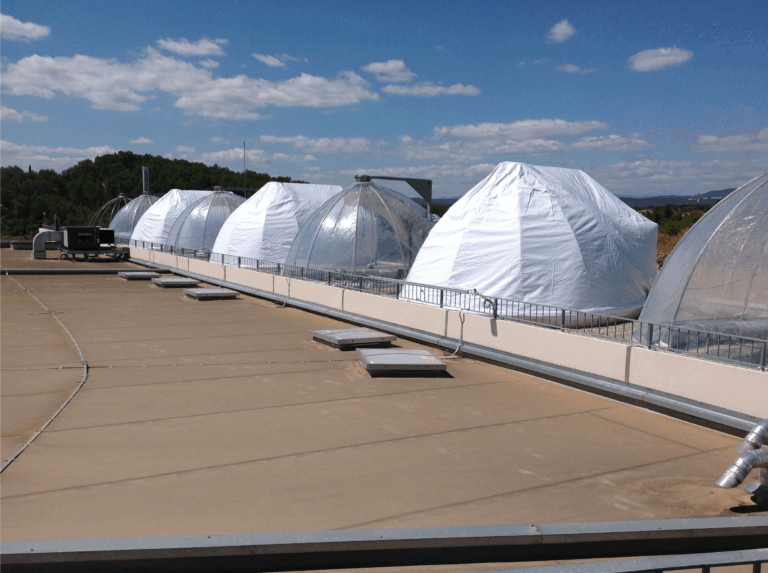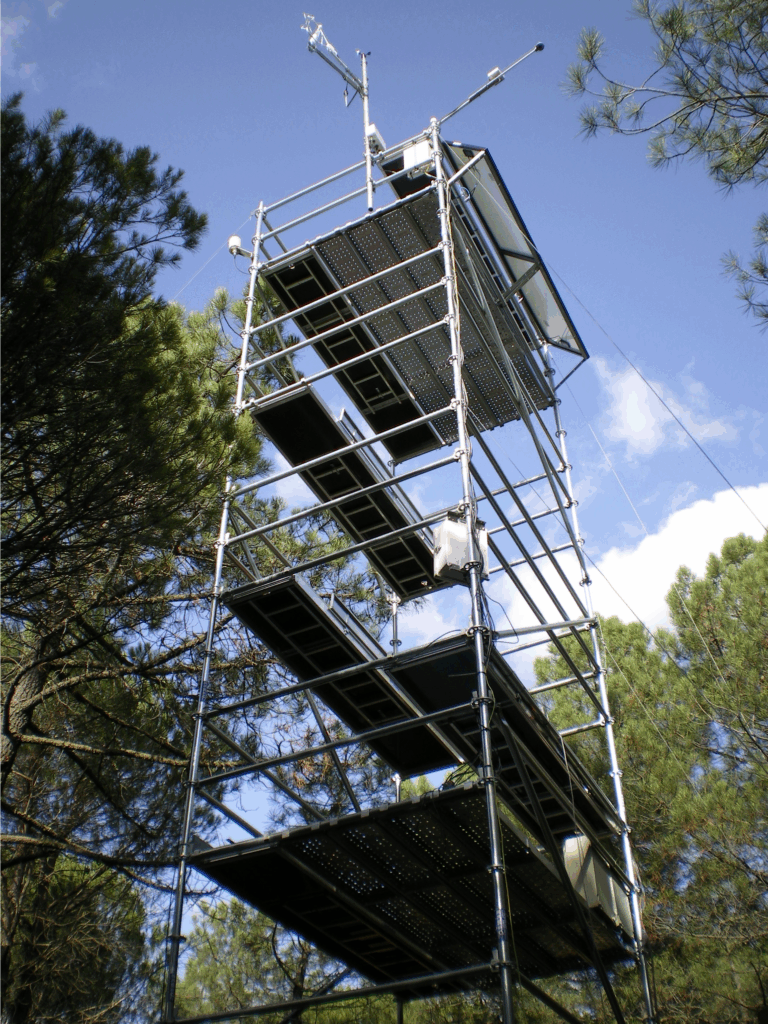5 November 2025
The silent melody of the forest’s symphony
It was late at night. The owl, silent and sure, glided back to its hollowed tree as the forest held its breath. And then, without a sound, the orchestra began to play. Not of strings or brass—but of water and carbon, moving invisibly through leaves and roots, under the silent baton of a hidden maestro: the circadian clock.
We often forget that we have an internal clock, except on a few occasions – for instance, when we take a flight from Europe to Asia. After such long trips, it often takes a few melatonin pills to recover our normal sleeping patterns, though some lucky ones adjust naturally after just a few days. This inner clock is not ours alone. It is shared with animals, with plants, with nearly all life that dances to Earth’s turning. In the forest, it is the great conductor of metabolism, orchestrating life in time.
The owl returned to its nest before dawn, avoiding the first rays of the sun. Around the same time, plants start to “wake up” to make most of the daylight. Once the first rays hit the leaf, there will be enough energy to photosynthesize. But to harness that energy, the plant needs to open the tiny pores on the surface of its leaves known as stomata, through which they absorb atmospheric CO2.
Interestingly, plants start opening their stomata before dawn, even before photosynthesis is possible. This quiet anticipation has puzzled scientists since the days of Charles Darwin’s son, Francis, who considered it a “vexed question”. We now believe this early opening is a kind of priming, a way for plants to be ready, to waste not a second of daylight (Resco de Dios et al. 2019). Without this internal rhythm, the dance of photosynthesis would lag behind. And in the wild, delay is costly. Wasting time means less carbon for growth, or for producing the compounds that defend against herbivores and pathogens.
As the owl reached its nesting cavity, water began to flow through the trees—from the roots to the tallest leaves. This wasn’t just happening in a single tree, but across the entire forest, creating a hydric orchestra that rhythmically evaporates water into the atmosphere.
As the sun rises over the horizon, the Carbon symphony begins. The stomata, along with all the photosynthetic gear, are now ready to start transforming CO2 into sugars.
We know this because we’ve measured it in nature, with sensors mounted atop “flux towers” (Resco de Dios et al. 2012), and under experimental skies where light never changes (Resco de Dios et al. 2016). Even there, the rhythm plays on: photosynthesis rises in the morning, fades in the afternoon, though the light remains unbroken. The clock sings silently and relentlessly.
And here is a secret: the first time we monitored this symphony of transpiration and photosynthesis under experimental skies was nerve-wracking, far worse than watching the World Cup finals. Would the rhythm appear? Would the canopies whisper their secrets in our instruments? Until then, such rhythmic responses had only been traced in molecules and leaves. But when the canopies answered— when we monitored their pulse— we felt the thrill of discovery wash over us. Not grand, perhaps. But real. And that thrill—that quiet magic—is what keeps us. It is what makes science a kind of enchantment. And the study of how plants greet the light, one of the most fascinating topics to discover.





Comments